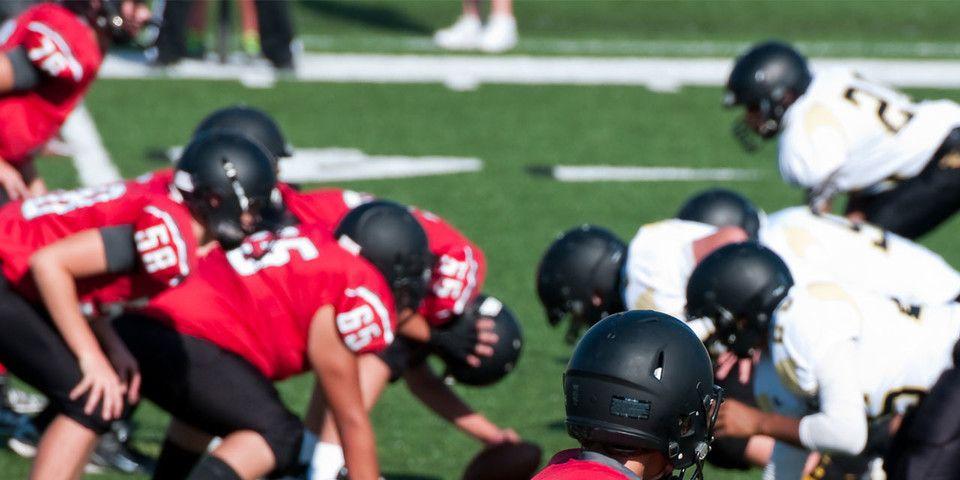How High-Impact Activities Can Cause Orthopaedic Injury
Common Exercise Injuries that Can Incapacitate Athletes
Exercise is incredibly important for your health and overall well being but it can also take a toll on your body. The benefits of exercise have incredible long term effects but can also cause stress to your joints over time. High-impact activities are more likely to cause injuries to your bones and joints. It is important to be aware of these issues so you can prepare accordingly and reduce your risk of injury.
What are high-impact activities?
High-impact activities are activities or sports that put stress on weight bearing joints such as the knee, hip, or ankle. High impact exercise examples are running or types of sports that involve running, like soccer or basketball. They all put stress on your joints and cause issues over time.
High-Impact Injuries
Knee, hip, and shin issues are common with runners since the bones and joints in the legs take a lot of the force when exercising. They can range in severity from simple knee pain to stress fractures to iliotibial (IT) band syndrome.
-
Knee pain symptoms are usually quite obvious and painful. They can be caused by the force of running, especially if training is increased too rapidly. The knee joint is complex and the pain could be a symptom of a number of different conditions.
-
Stress fractures are a common injury sustained from high-impact activities like running or basketball. It happens when your muscles are overworked and cannot absorb the force of your leg hitting the pavement. The main symptom associated with stress fractures is pain. It is important to seek medical attention when you experience pain during activity. It could simply be sore muscles or it could be a more serious stress fracture.
-
Iliotibial (IT) band syndrome is another common running injury. The iliotibial band is a tendon that connects your knee to your hip. This injury is caused by inflammation of this tendon. The pain that this causes is very specific. It can be described as a stabbing pain on the outside of the knee. IT band syndrome can be caused by many things, such as:
-
Running downhill
-
Running on the same side of the road
-
Increasing training too rapidly
These activities put stress on the outside of the knee and it causes inflammation of the IT band and the femur. This inflammation causes the band to tighten, which then causes pain, and then eventually will stop a runner from being able to run.
Prevention
There are some easy prevention measures you can take when participating in high impact aerobics exercises to reduce the risk of sustaining an injury, such as:
-
Try low impact activities instead: Some low impact exercise examples are swimming, cycling, or using an elliptical machine.
-
Set small, reasonable goals: You should not push yourself too hard or increase intensity of training too quickly. Start small and work your way up.
-
Run on a clear, smooth surface: It is best to run on a slightly soft surface that is smooth.
-
Cross train: Using other forms of exercise to meet your fitness needs will lower the risk of sustaining an overuse injury. Using a stationary bike as another form of cardio to alternate with running is a great alternative.
-
Eat right: Making sure you consume enough Vitamin D and calcium to reinforce strong bones may help.
-
Wear the right shoes: It is critically important that you use the correct equipment for what type of activity you are doing. Wearing the correct type of shoe is important for preventing injury.
Rothman Orthopaedic Institute has a world recognized sports medicine team that is guaranteed to provide you with the best care for any injury sustained during a high-impact activity. Please visit us here or contact us at 1-800-321-9999.
Related Specialties
Related Conditions
Related Programs
-

Athletic Training- Sport Medicine Outreach
Our Field Athletic Trainers provide direct sports medicine care to youth, high school, college and professional athletes. Rothman AT’s provide athletic training services throughout Southeastern PA to interscholastic high schools, colleges, as well as tournaments and special events.Read More -

Cartilage Restoration Institute
This is a center where patients can go to have their disabled joint biological resurfaced, realigned, and stabilized without having the joint replaced by artificial materials such as metal and plastic. It is well known that the outcomes of patients under the age of 50 undergoing artificial joint replacement are not as good as we would like. Therefore we feel the future of Orthopaedics is to try to restore a joint back to its original anatomy by realignment, ligament reconstruction, and cartilage restoration.Read More -

Injury Prevention Program
The Injury Prevention Program at the Rothman Orthopaedic Institute is dedicated to the prevention of injuries from athletic participation, particularly youth sports.Read More -

Sports Concussion Program
Concussion care is a special focus of Rothman's sports medicine program. We've developed the most advanced multi-disciplinary evaluation and treatment techniques based on research done by the concussion specialists here at Rothman Orthopaedic Institute.Read More -

Women’s Sports Medicine Program
The Women’s Sports Medicine Program at the Rothman Orthopaedic Institute is the first of its kind in the Philadelphia metro area and one of only several such programs specializing in the comprehensive care of the female athlete in the country.Read More




